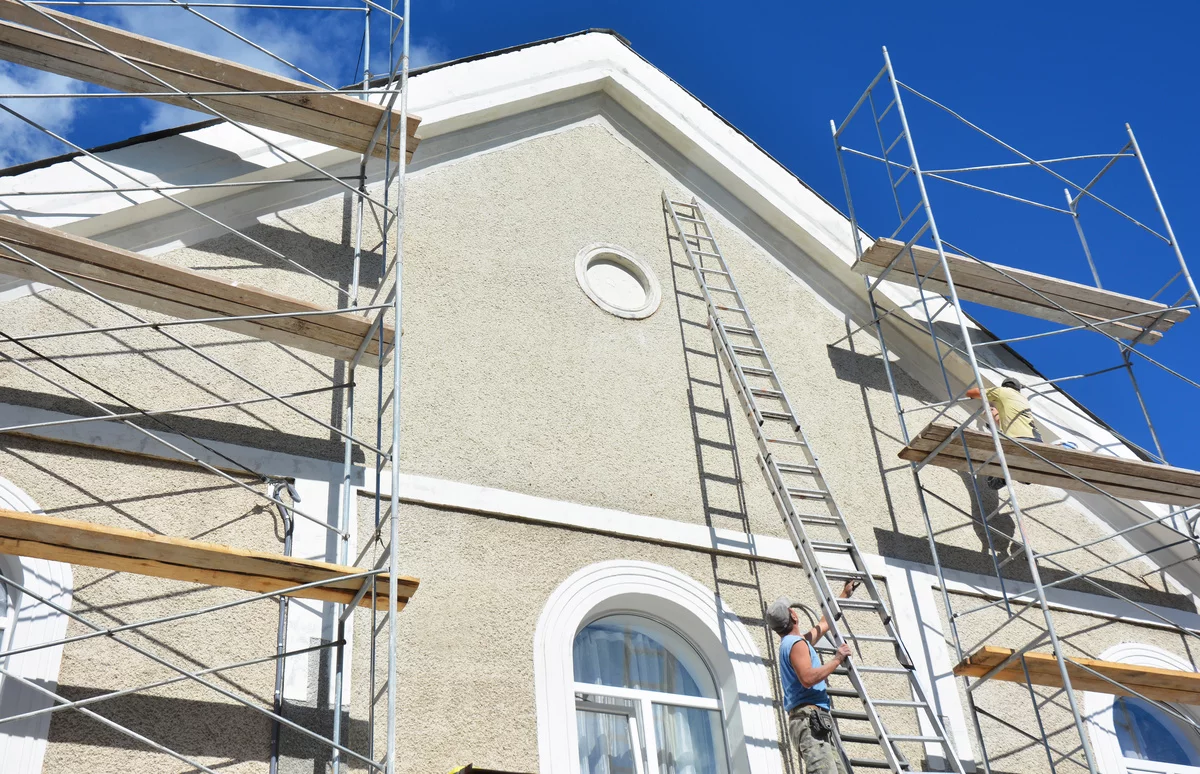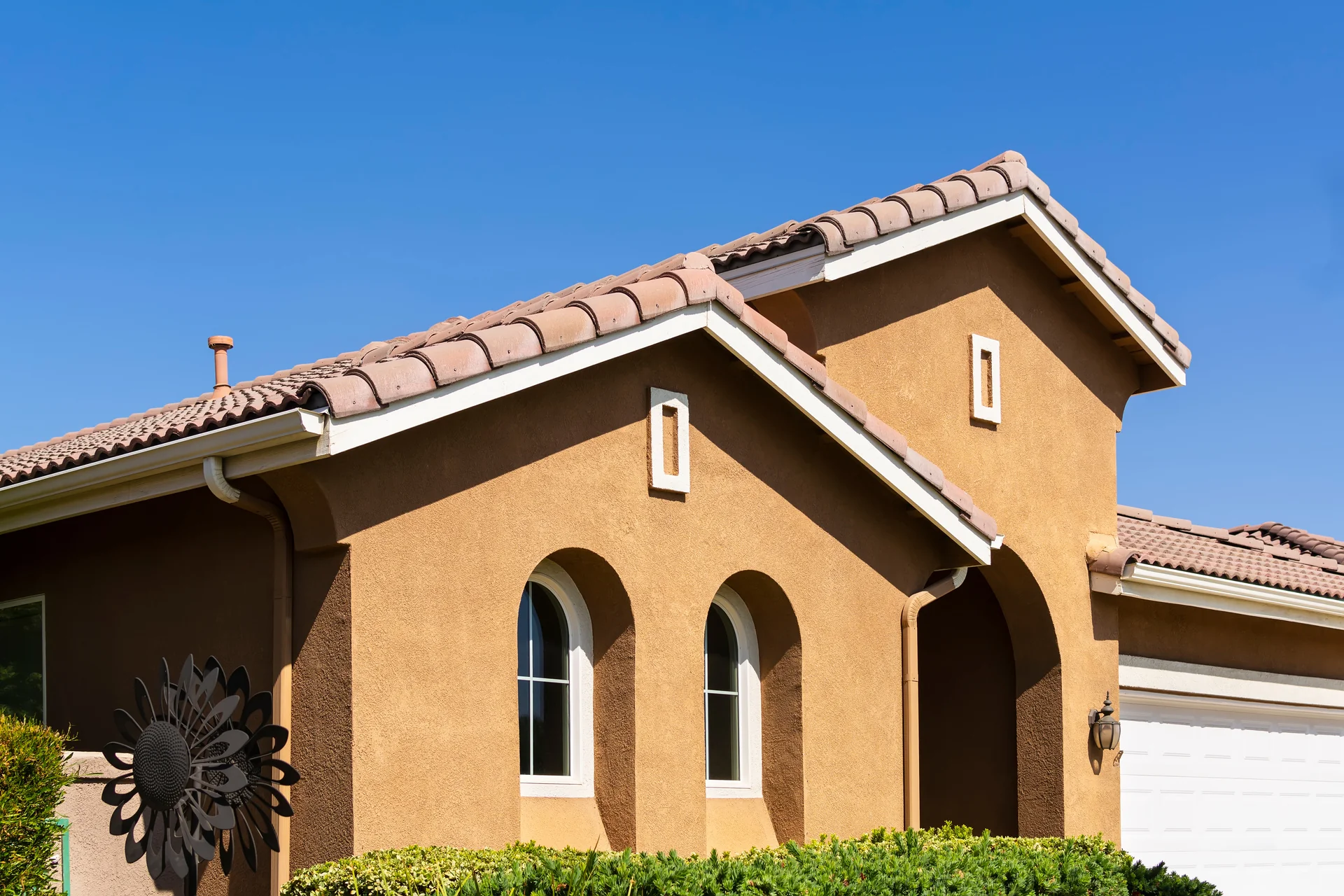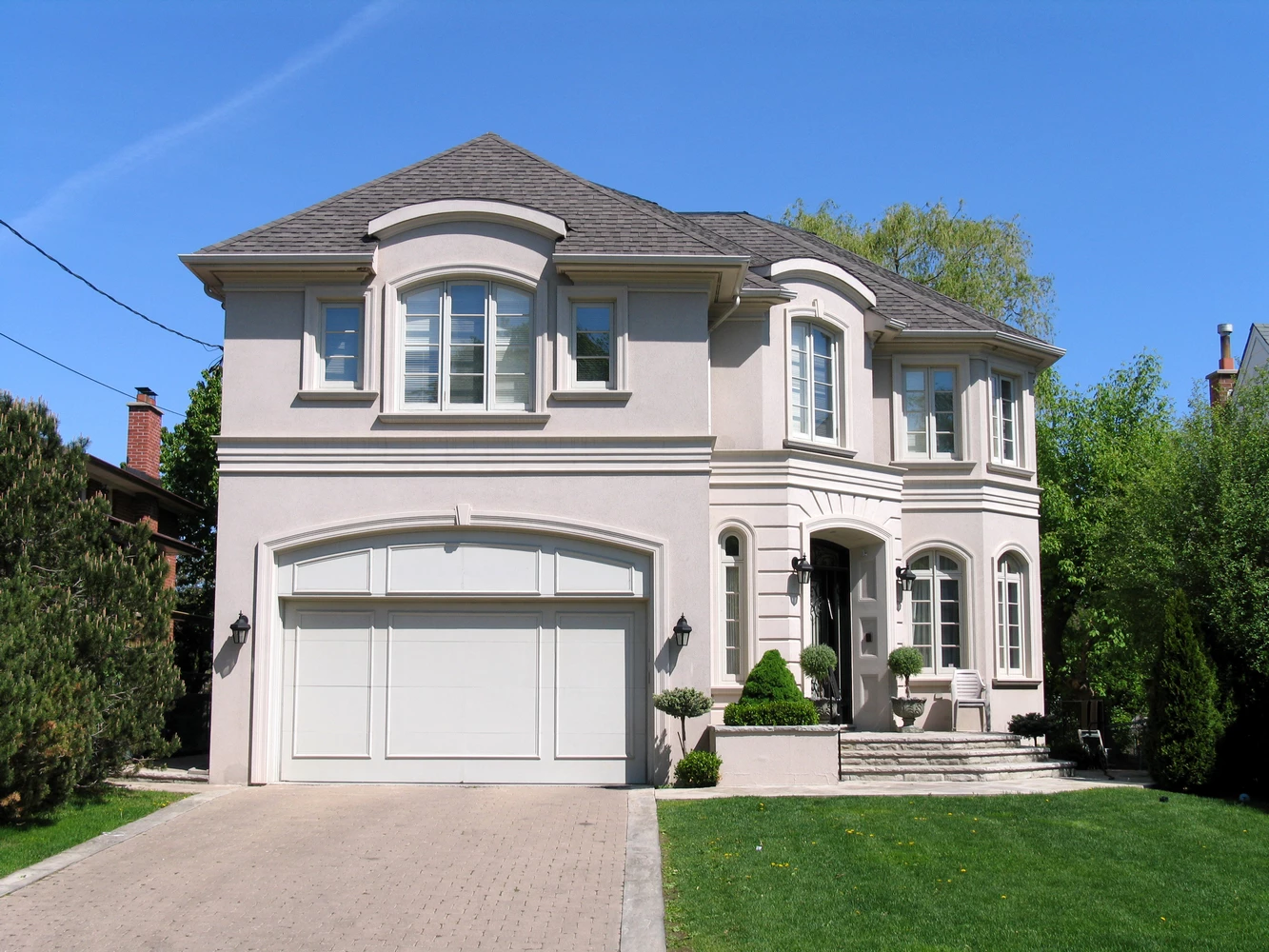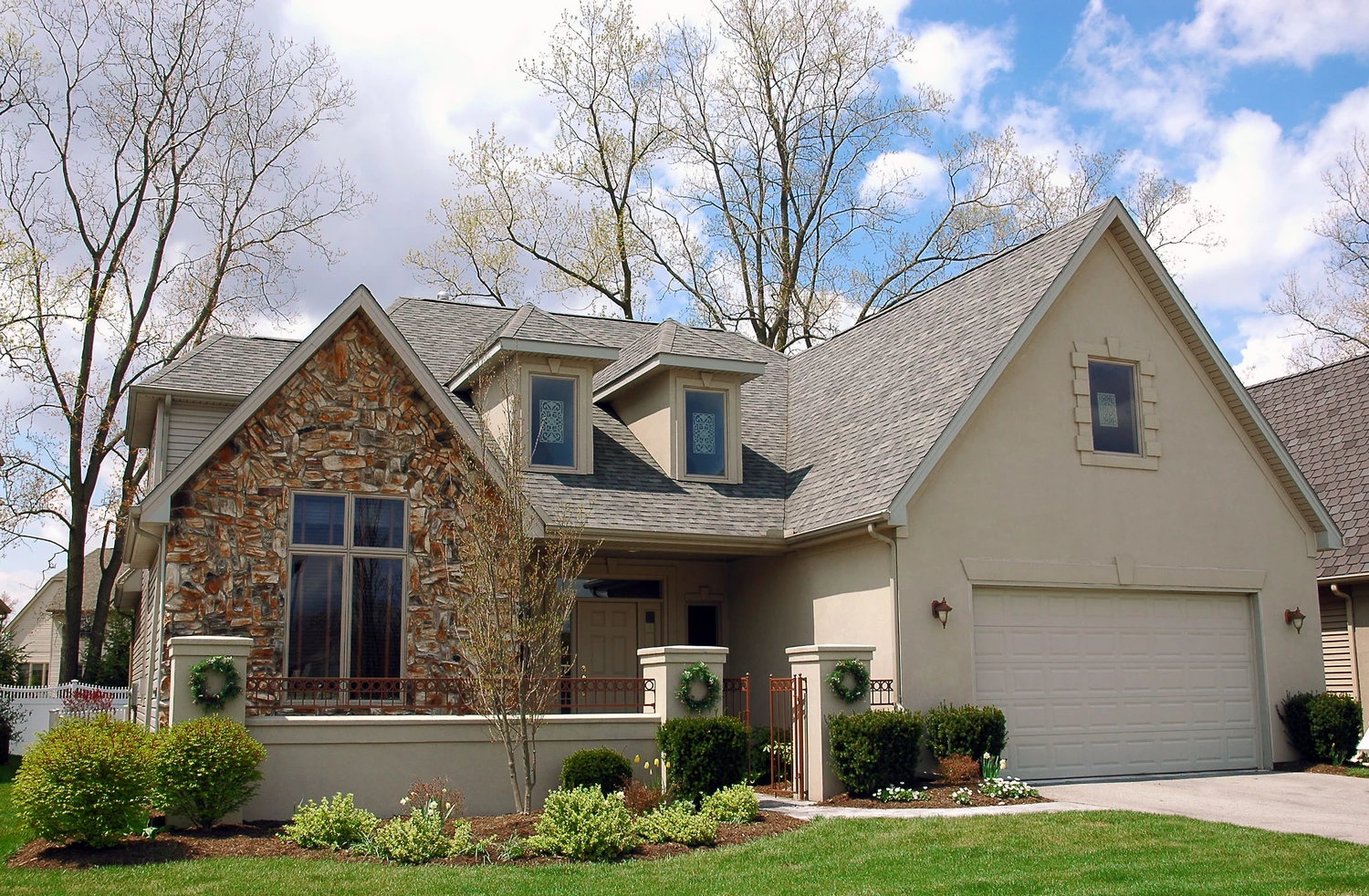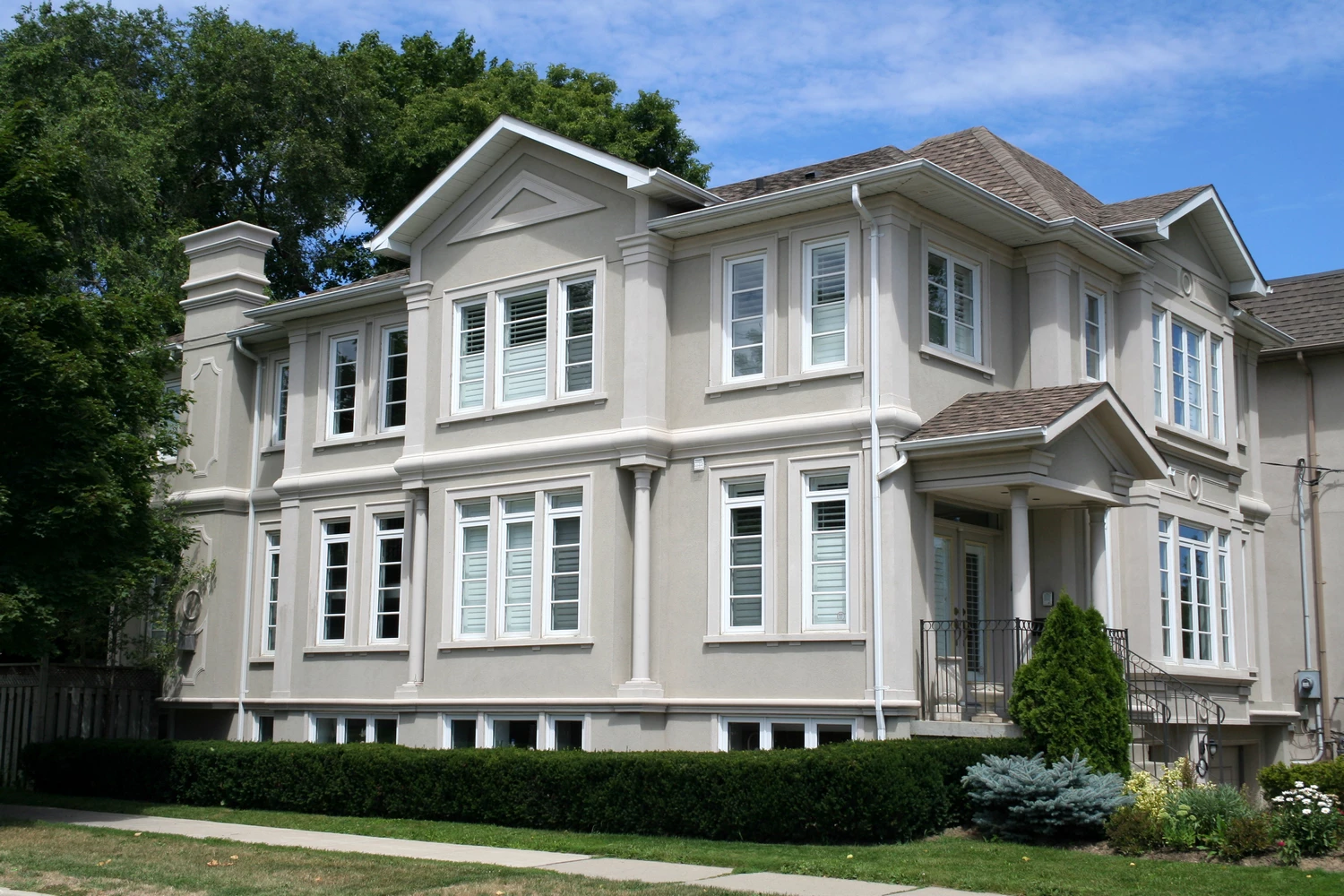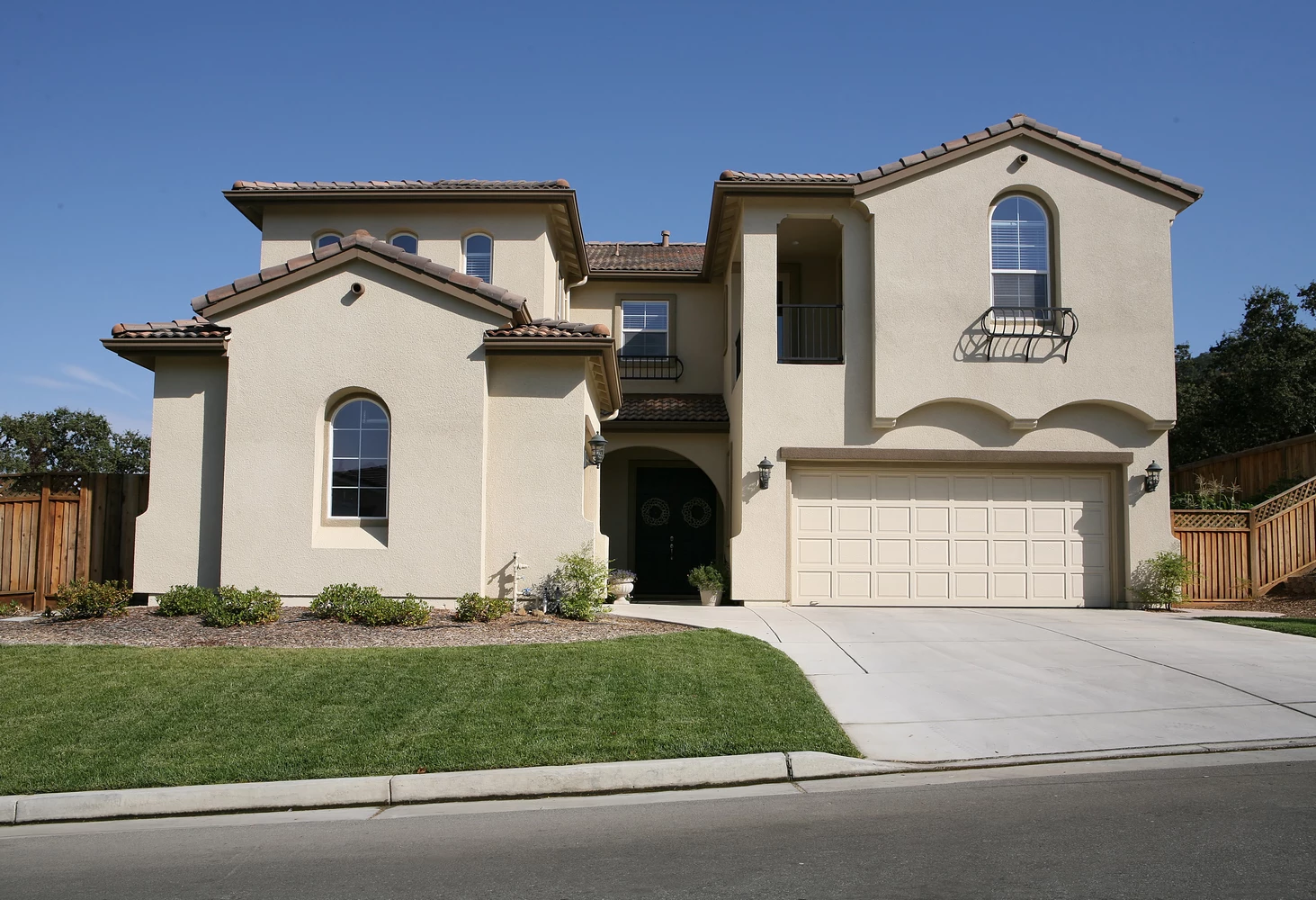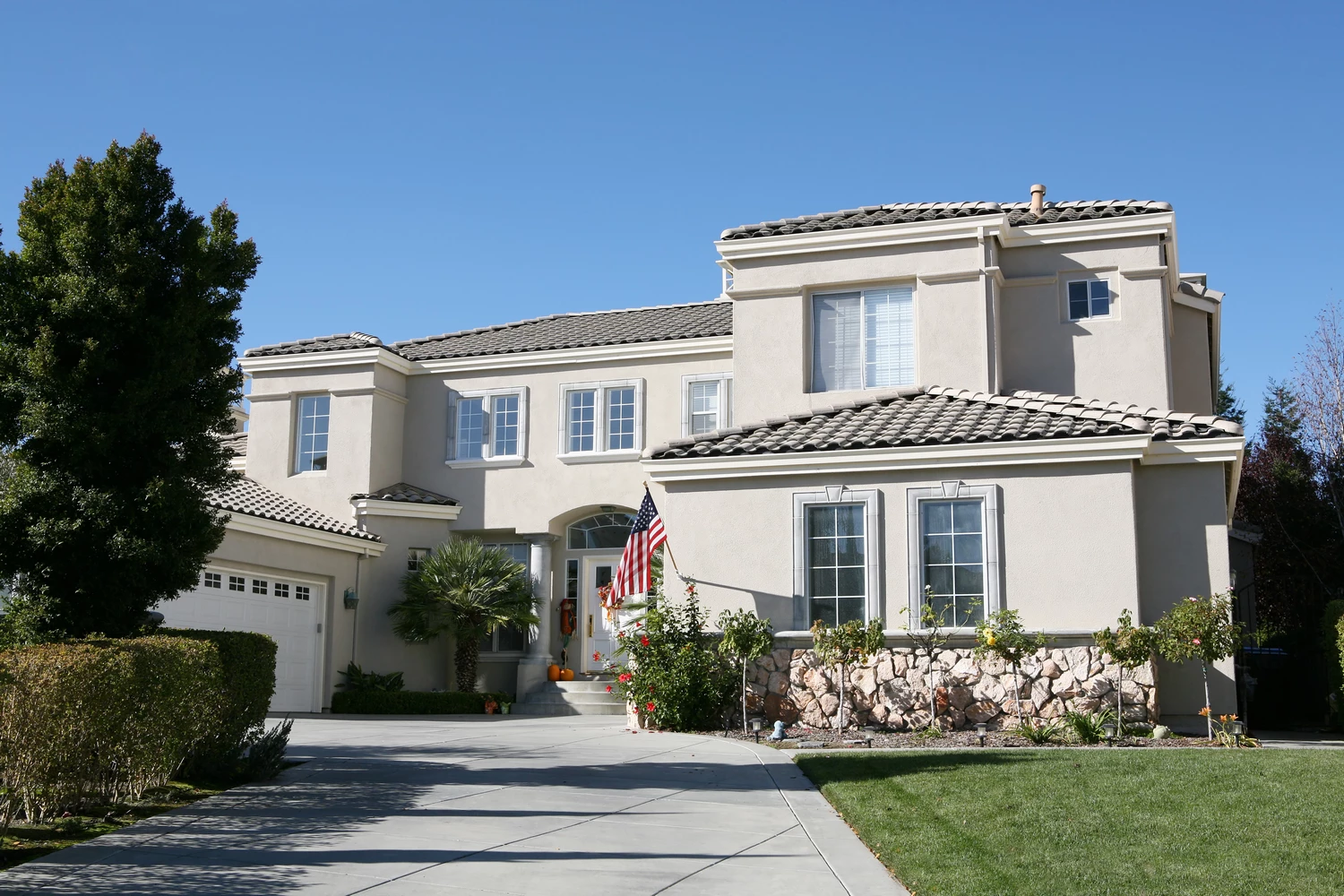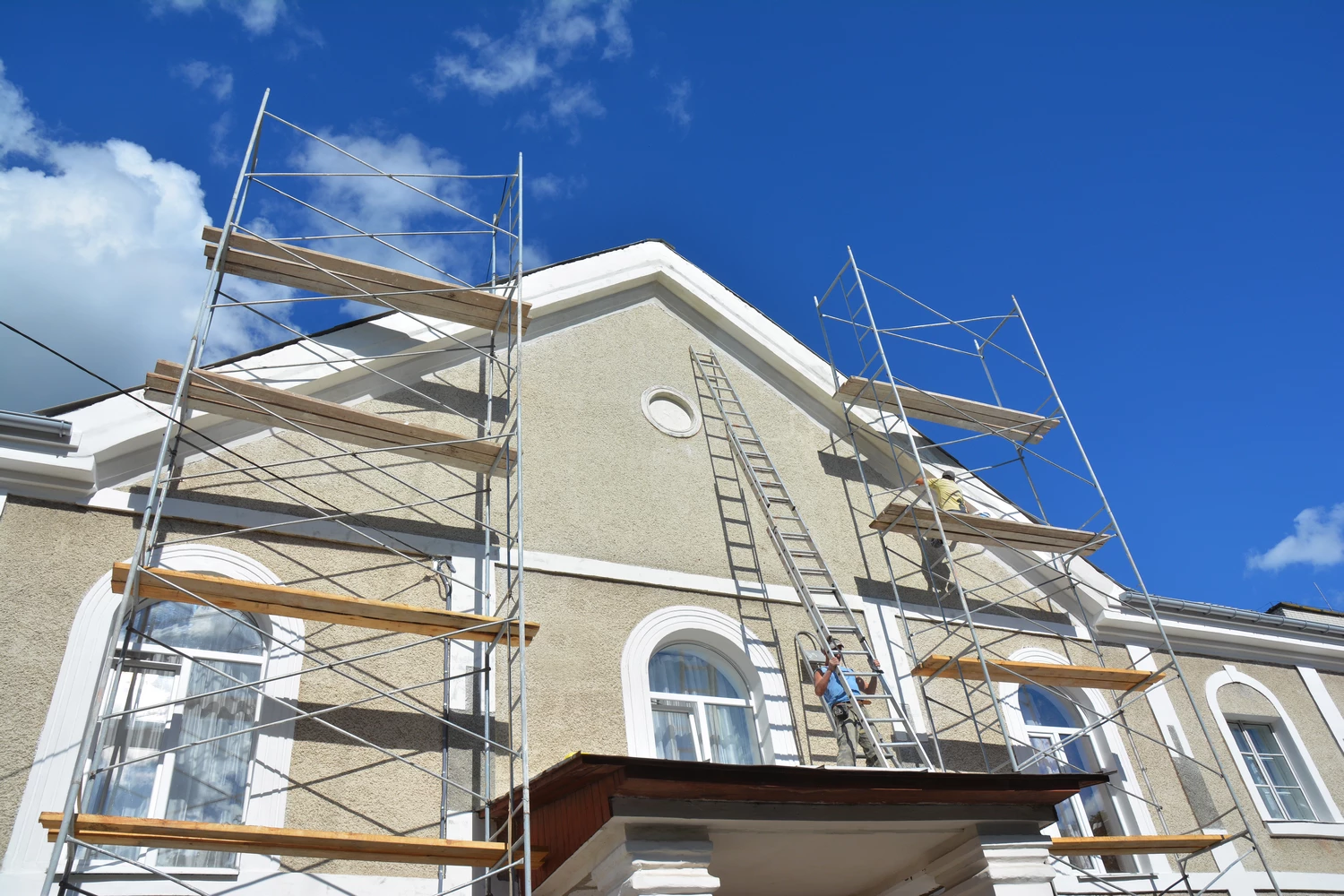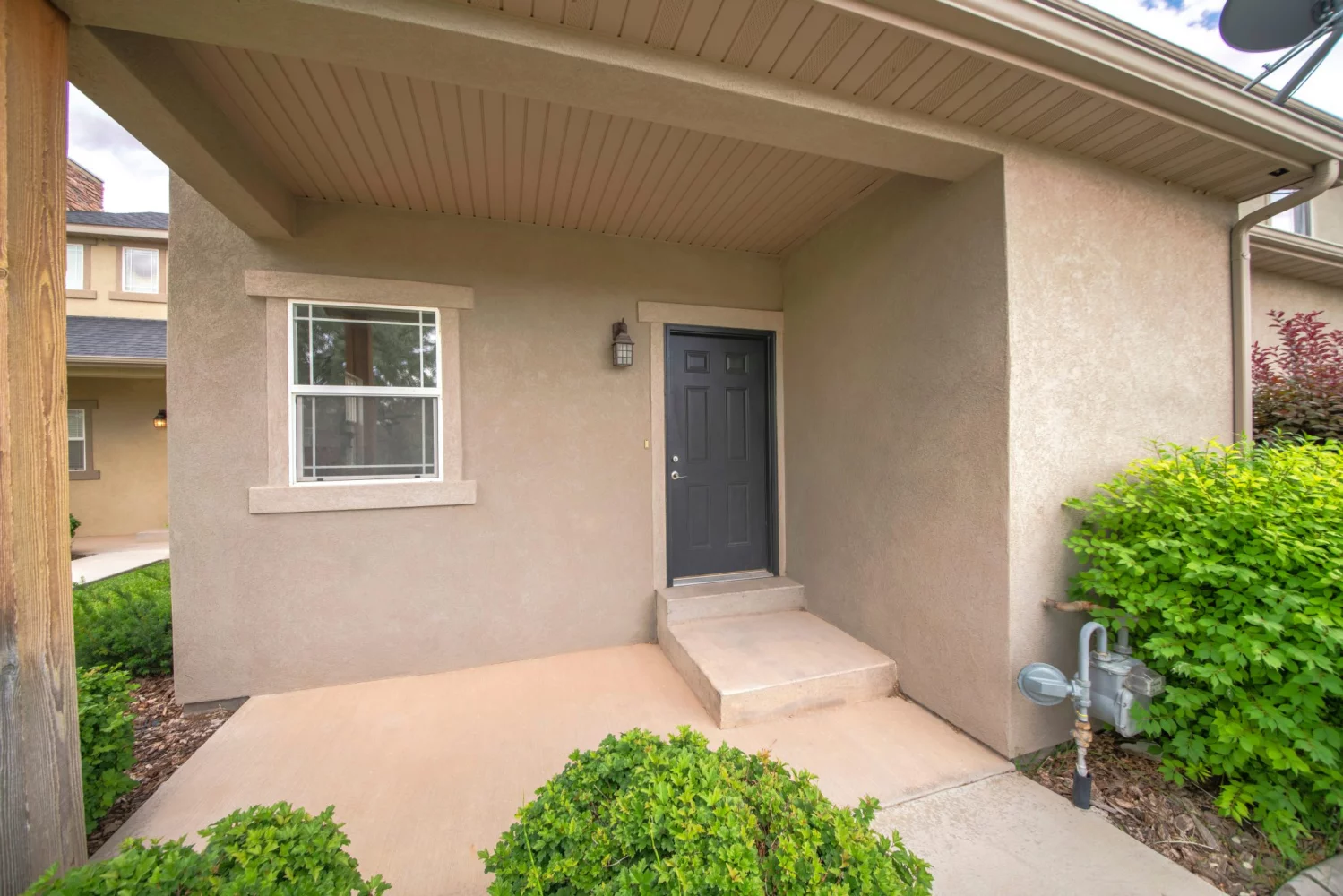
August 17, 2023
Siding is a generic term for the exterior walls of a house. Fiber-cement panels, vinyl siding, and custom home sidings are three types of siding commonly used in residential construction. However, stucco is another form of siding that has been used on houses for centuries because of its durability, versatility, and low cost.
- Is it difficult to apply the stucco? Take a look at all the steps.
- Is stucco the good choice for your siding? Check all its advantages.
What Is Stucco Made Of?
Stucco is a special combination of cement, sand, and water. The proportions of these ingredients can vary depending on the specific application and desired finish. A typical stucco mixture might consist of:
- Portland Cement: Portland cement is the primary binder in stucco mixtures and gives the material its strength and durability. Portland cement is made from limestone, clay, and other materials that are heated and ground into a fine powder.
- Sand: Sand is added to the mixture to give it texture and volume. The type of sand used will depend on the desired finish and other ingredients used in the recipe.
- Water: Water is added to the mixture to hydrate the cement and create a workable consistency.
In addition to the main ingredients of cement and sand, stucco may also include other materials such as lime and fibers, or additives to improve workability and water resistance.

How Is Stucco Applied?
Stucco is typically applied in several layers over a prepared surface, using a combination of trowels and other tools. The application of stucco typically follows these steps:
- Surface preparation: The surface to be covered with stucco must be clean, dry, and free of debris, loose paint, or other contaminants.
- Scratch coat: A base layer of stucco, called the scratch coat, is troweled onto the surface. The scratch coat is scratched with a tool to create a rough surface for the next layer to adhere to.
- Brown coat: The second layer of stucco, known as the brown coat, is applied over the scratch coat using a trowel. The brown coat is leveled and smoothed to create a flat surface.
- Finish coat: The final coat of stucco, known as the finish coat, is applied over the brown coat using a trowel or other tools. The finish coat can be textured, colored or decorated in any number of ways to achieve the desired appearance.
- Curing and maintenance: Once the stucco is applied, it must be allowed to cure and dry completely before painting or other finishing work can be done. It is important to follow appropriate curing times and maintenance procedures to ensure the durability and longevity of the stucco finish.
When stucco is properly applied, it creates an excellent exterior finish for buildings.

Advantages Of Stucco Siding
Stucco is a good choice for exterior wall finishes offering several advantages:
Durability
Stucco is a durable material that can last for decades or even centuries with proper maintenance. It resists weathering, cracking, and fading and is therefore well-suited to buildings in harsh climates.
Versatility
Stucco is a plaster that can be applied to a variety of building surfaces, including concrete, masonry and wood. It can also be textured and colored to achieve various architectural styles and design aesthetics.
Energy Efficiency
Stucco can help insulate buildings by creating a barrier between the exterior and interior. This reduces heating and cooling costs, making buildings more energy efficient.
Overall, stucco is a versatile and durable material that can provide many benefits for both residential and commercial buildings. However, stucco installation requires skill, expertise, and adherence to accepted guidelines to achieve the best results. Working with experienced stucco contractors Northbrook who follow appropriate standards when installing stucco is crucial when creating a beautiful new exterior on your building.
Conclusion
In 2023, stucco remains a favorite for exterior home finishes. Comprising lime, sand, and cement, this durable, breathable coating offers a classic aesthetic and stands strong against varying weather conditions. A time-tested choice!

